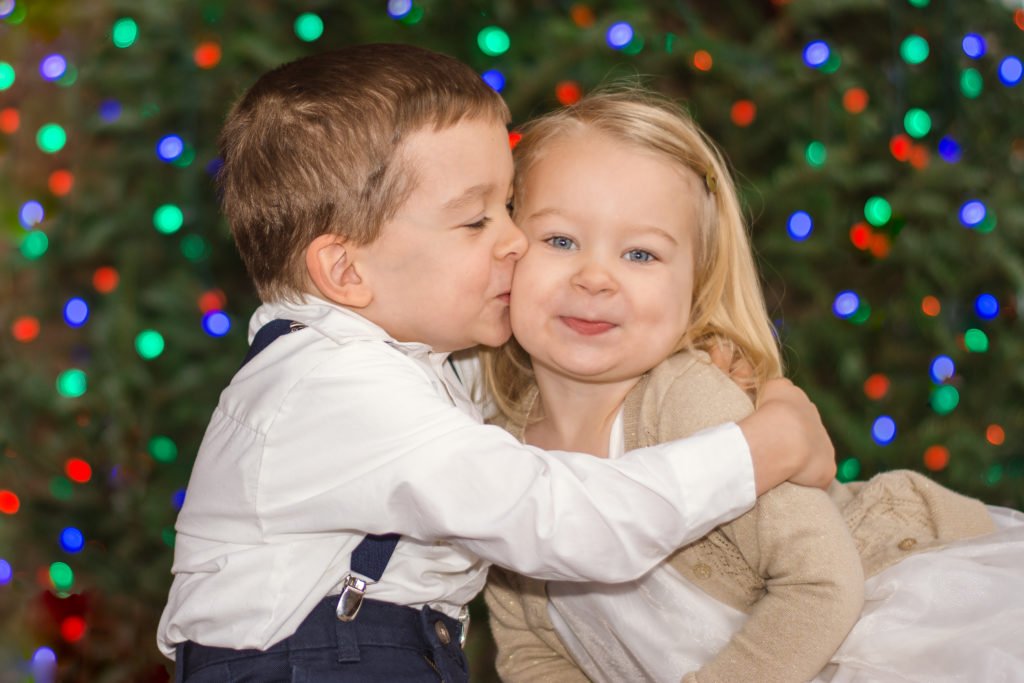Event photography is a fun and exciting niche. But capturing that once in a lifetime moment can pose some technical challenges.
From special events like weddings to concerts to sporting events, here are 12 event photography tips to take your images to the next level.
1. What Event Photography Gear Do You Need
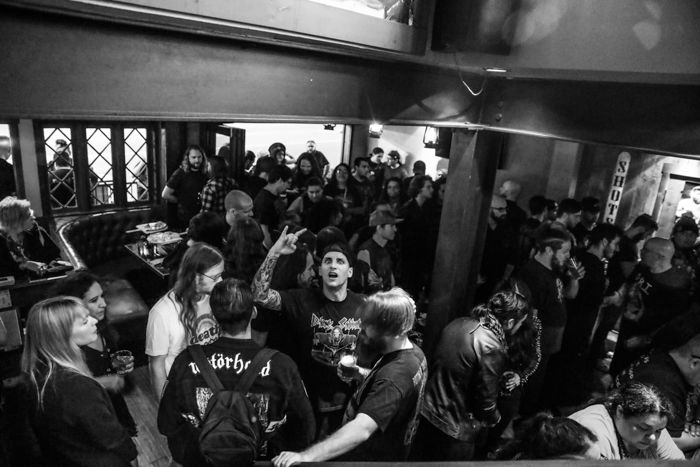
The equipment you use will either make or break your event photography.
In my experience, events mean photographing in low light situations.
There are plenty of events that are done outside in the daytime as well. But the most common in event photography take place indoors in low light.
This means you’ll need to carefully consider the equipment you bring with you.
Let’s have a look at which camera body, lenses and lighting equipment is best.
Camera Body
For indoor event photography, you want to pack your best low light camera. There are other factors that matter but low light capability is the most important.
Look for models that have less noise at higher ISO levels and more sensitive sensors. These do well in difficult lighting situations.
In general, cameras with higher megapixel counts pick up the details better. But the higher the megapixel count, the larger the file size.
Make sure you stock up on a large SD or compact flash card.
For outdoor event photography, camera bodies that are fast will do you wonders. Pay attention to the frames per second.
And consider the camera’s weight. You’ll be carrying the equipment around for hours on end!
Lens(es)
The quality of the final image is influenced by the type of lens used. For event photography in low light, I suggest only looking at lenses with a max f/stop of 2.8. Lower is even better.
Using a lens that goes down to f/1.8, for example, is a great way to let enough light in and make the frame bright. The wider the aperture, the more light enters the camera and the shallower the depth of field.
Shallow depth of field is a great stylistic choice. Having one subject in focus with the rest blending into a bokeh makes for a visually pleasing and simplified image.
Luxury glass, prime, ART, and such higher end lenses are sharper and clearer than other lenses. They are also faster and more reliable.
As a general rule, fixed millimetre lenses tend to be sharper than lenses with a range. The downside to fixed is that you have zoom with your feet if you want to adjust the composition.
When looking at lenses, or a selection of lenses, consider your shooting distance as well.
Lighting Equipment
For very dark event spaces, the portable artificial lighting you bring is important. Some photographers opt for flash while others use continuous light.
Flashes are easy to use and are the more popular choice. But if you’re inexperienced, the light can end up looking harsh. Here’s a great article why you should avoid your on-camera flash and use an off-camera flash instead.
Continuous light is much easier to use, but can be a nuisance or distracting to the event. Keep both of those in mind when deciding what lighting equipment to use.
Extra Batteries and Extra Cards
You don’t want to be stuck with a full or corrupted memory card and/or a dead battery.
Always pack extras, and throwing in a car charger isn’t a bad idea either!
2. Best Camera Settings for Event Photography

I’ve found that switching the camera to burst mode and continuous focus works best for event photography. The burst setting is a must-have when guests are moving about quickly.
Continuous focus has different names depending on the camera brand (AI Servo for Canon users or AF-C for Nikon users).
It allows your camera to lock at your subject and follow it around as it moves.
Camera settings also play a role in your style, or the style that the client wants.
3. How to Manage Your Client’s Expectations and Needs
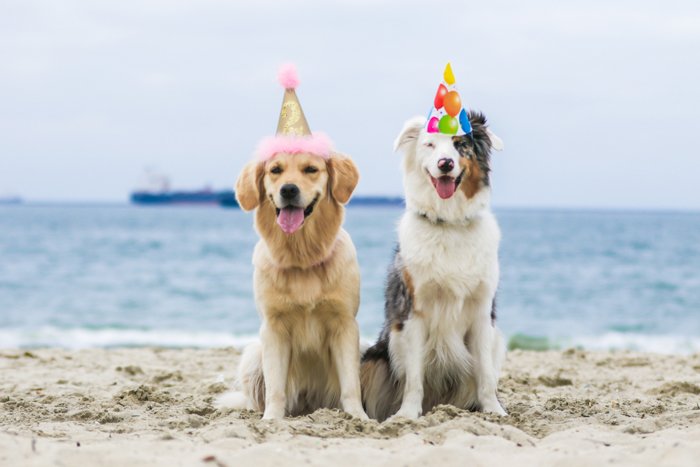
This is a fundamental skill for all professional photographers. Having an open dialogue between yourself and your client is key to getting the best shots.
You need to ask your clients important questions such as these:
- What event is this?
- What kind of images do you want from this event? Are you looking for headshots?
- What are the most important moments?
- What style of photography do you like?
- What do you not like?
No one wants a disappointing event photography shoot because there was miscommunication. By speaking to your client, you can make sure that your client is well aware of the limits of the photo session.
Make sure that they understand what to expect from your services. If your client has hired an event organizer, speak to them about expectations.
4. A Shot List Will Help You Capture Those Key Photos
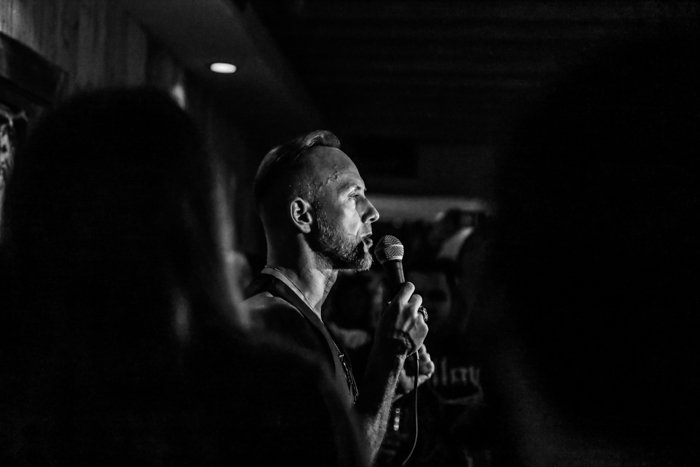
A shot list is a checklist of the images you want to capture during a shoot. Whether it is a birthday party or an industry mixer, a shot list can help you and your client organize better.
Your client will know what to expect from you, and you’ll know what to provide. You can make sure that your client is well aware of the limits of the photo session. And that they understand what to expect from your services.
The shot list also acts as on-paper proof. Your client can’t claim that you missed a shot that wasn’t disclosed to you.
A shot list ensures that no critical images are missing from your photo shoot. Nothing is worse than not capturing a photograph that your client really, really wanted.
Ask the event organizer for help here, if there is one. They can point out the key attendees for corporate event photos, for example. Or the key people at a high school reunion event.
All of this being said, really do be diligent about key moments. The thing about events is, they only happen once!
5. Watch Out for Candid Opportunities
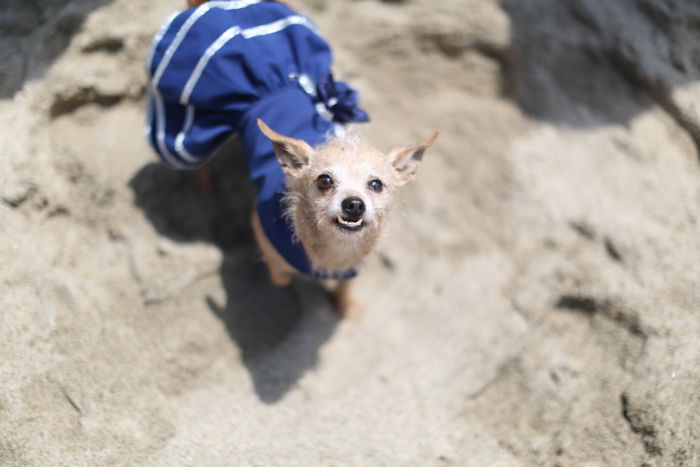
The formal shots are necessary for events (especially for birthday and wedding photography). But don’t forget about candid moments, which can lead to equally beautiful photos.
Candid moments express personality and vibrancy. Oftentimes, candid photographs are the ones your clients will cherish the most.
But not all candids are equal. Try to avoid unflattering candid moments such as someone chewing food or making a bad face. I can promise that those images will not be appreciated.
6. Pre-Event Photos Can Contribute to the Overall Story
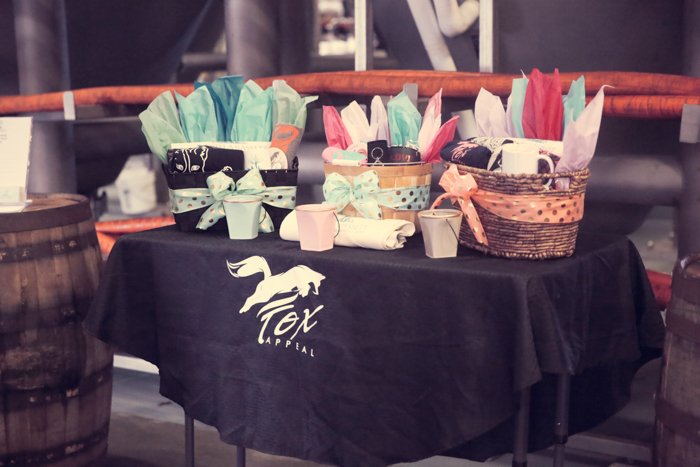
Photograph the venue, table settings, and other beautiful details before the guests arrive. These are just as important as the story that unfolds.
Many clients don’t think about this. But they will appreciate a snap of the setting that they spent so much time (and money) on.
7. Have a Solid Contract (Written By a Lawyer)
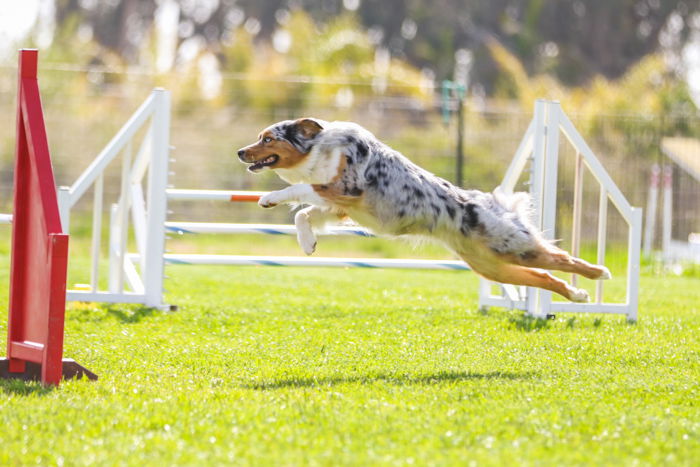
Event photography is not something to mess around with. And event photographers find themselves in hot water at an unfortunate rate.
This can be disgruntled brides wanting a refund because they overspent on their wedding. Or angry parents upset at you for a circumstance beyond your control.
One of the best things you can do for your business is hiring a good contract lawyer. A contract lawyer will ensure that you cannot be sued or held accountable for situations that are far beyond your control. And they won’t let clients request deceptive refunds.
Make sure that all your paperwork is either written by or approved by a contract lawyer.
If you operate a photography business, it is good practice in general to have your favorite lawyer on retainer. If a not-so-fun circumstance arises. they’re there to help.
8. Be Punctual (Arrive Early!)
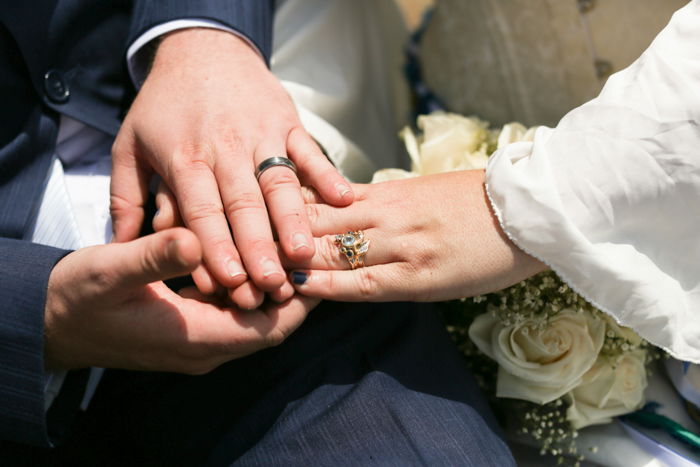
As they say, if you’re on time- you’re late! With event photography, always ensure that you put your professional foot forward.
I suggest arriving approximately a half hour early. This should be enough time for parking, unloading equipment, surveying the space once more, and checking in with your client.
This applies to client consultation meetings as well. If your first impression is punctuality, you’re off to a good start.
9. What to Wear for Event Photography
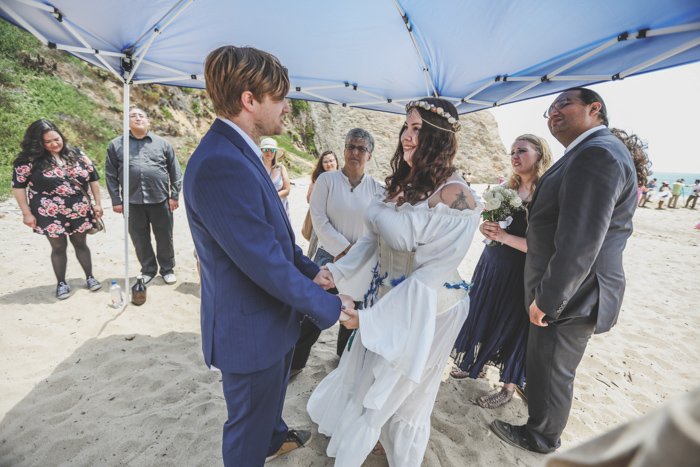
Although we are photographers and not guests, that doesn’t mean we get a free pass on doing whatever we want.
There are many ways to show your professionalism. One of which is dressing appropriately for the event you are photographing.
If you are photographing a wedding, dress nicer for the occasion. This doesn’t mean sacrificing comfort or convenience. But dressing a little bit more formal makes all of the difference.
Don’t show up in an old ripped shirt and blue jeans.
For a birthday, or holiday, or corporate event, put on clothing that reflects the event you are working at. Even a live concert still requires a certain aesthetic if you’re representing the band or a commercial client.
This is a sign of respect for the client and their event. You also never know who you may meet working at an event.
10. How to Photograph Events Without Bothering the Guests
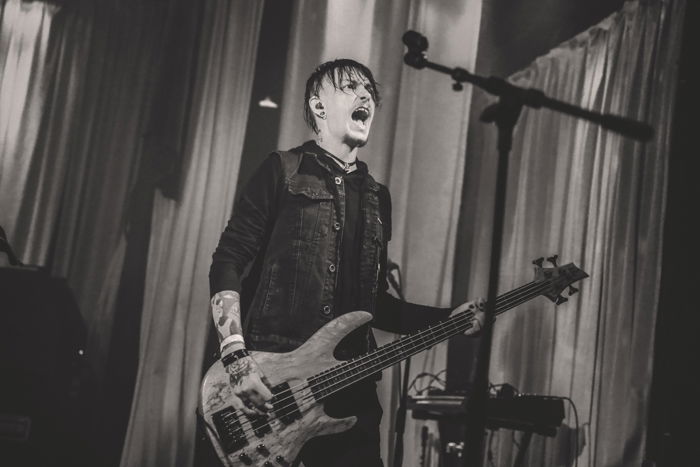
You are there to do an event photography job and capture images that your client wants. But keep in mind that the guests are there to enjoy themselves and not adhere to your whims.
Aim to work around the guests who are just there to have a good time, and keep interruptions to a minimum.
The key rules for event photography are:
- Don’t obstruct views unless there is absolutely no other choice;
- Don’t interrupt guests for a photograph;
- Always be polite;
- Don’t photograph guests that ask to not be photographed. Respect their wishes.
11. Lingering in One Spot for Two Long Can Cause You to Miss Other Pictures
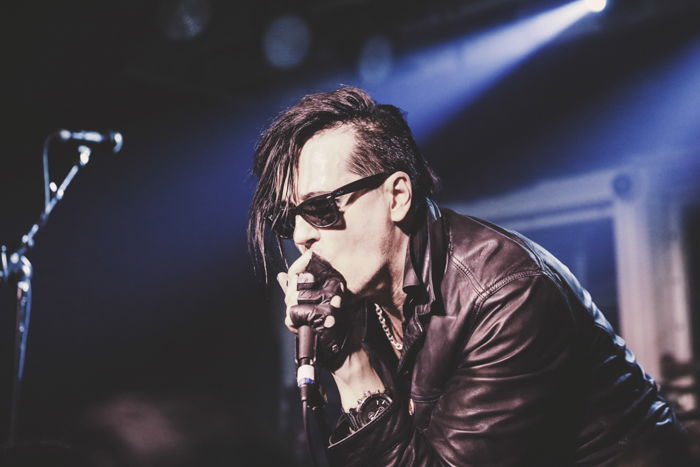
On the notion of not obstructing views, try not to linger in one spot for too long. Be fast and precise at what you do and move on.
This does take some know-how and over time you will gain experience – but in the meantime, practice!
12. What Should Your Turnover Time Be
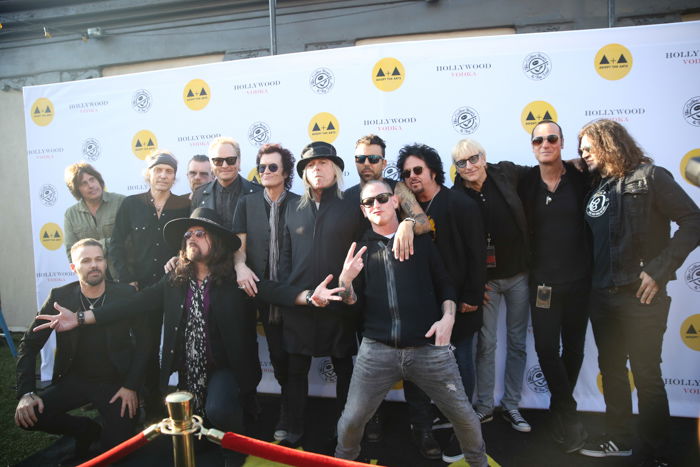
The timing of the final images is very important to the subjects you are photographing.
Events lose their sentimentality, relevance, and importance over a period of time. You want your client to still be emotionally invested in these event photography images when you deliver them.
This is especially true if you are an IPS photographer, which means ‘in person sales’. IPS photographers rely on selling prints for the bulk of their event photography income.
The best way to sell prints is directly after the event. The client is still very emotionally invested in the photographs.
A good turnover for proofs is a week, I would say. A month or two is already too long.
Conclusion
Finally, don’t forget to take care of yourself. Event photography is a demanding, all-day-on-your-feet kind of job. And there’s no guarantee the client will provide refreshments or food for you too.
Pack water and snacks along with your event photography equipment.
And now that you have this nifty guide under your belt, go out and rock those events!
For more great tips, check out our article on taking great group photos!
